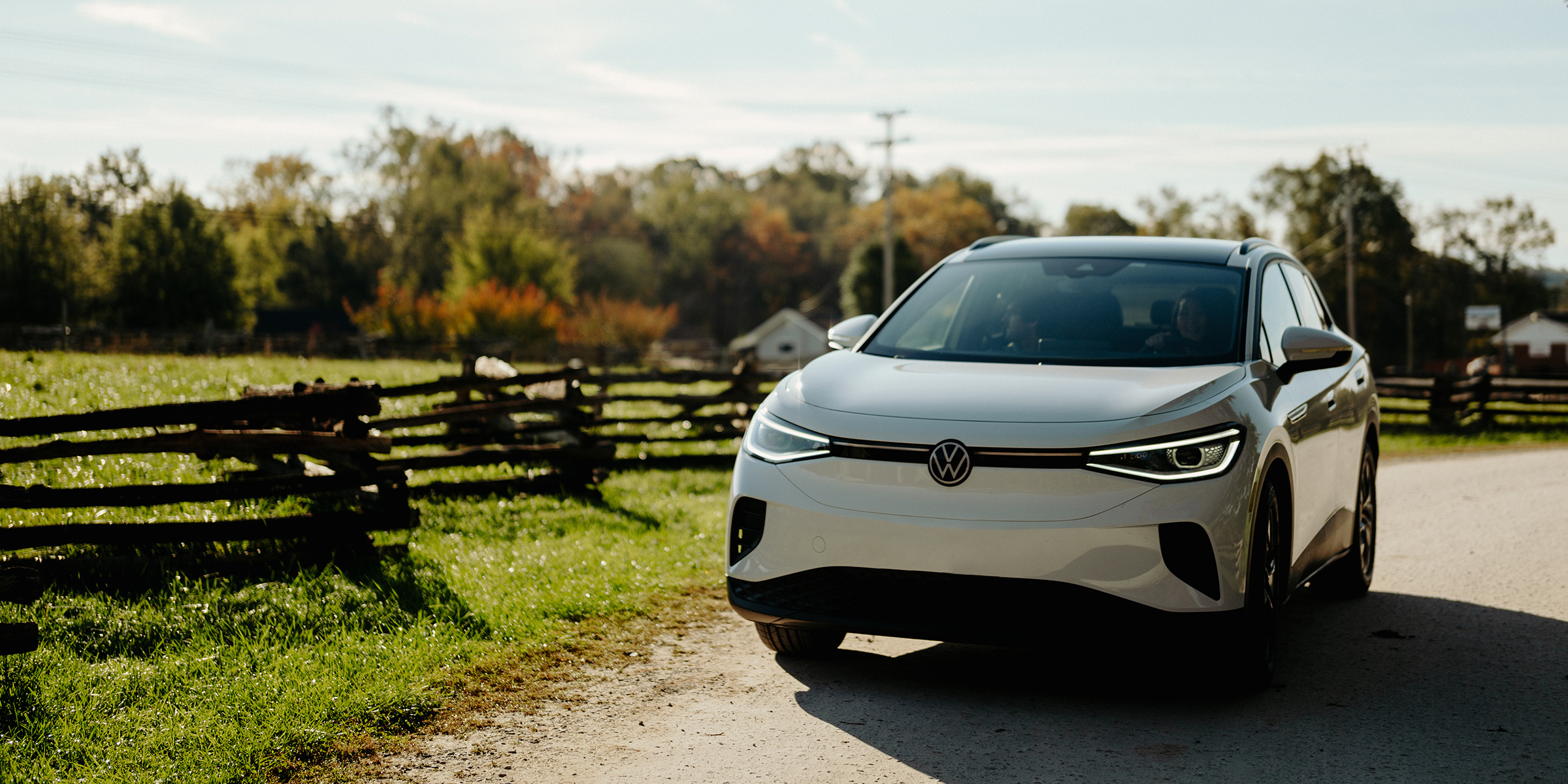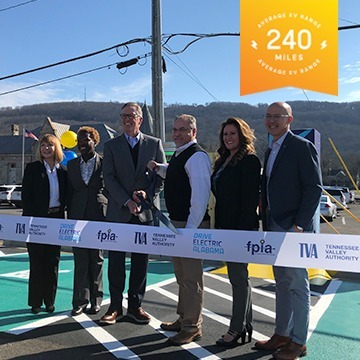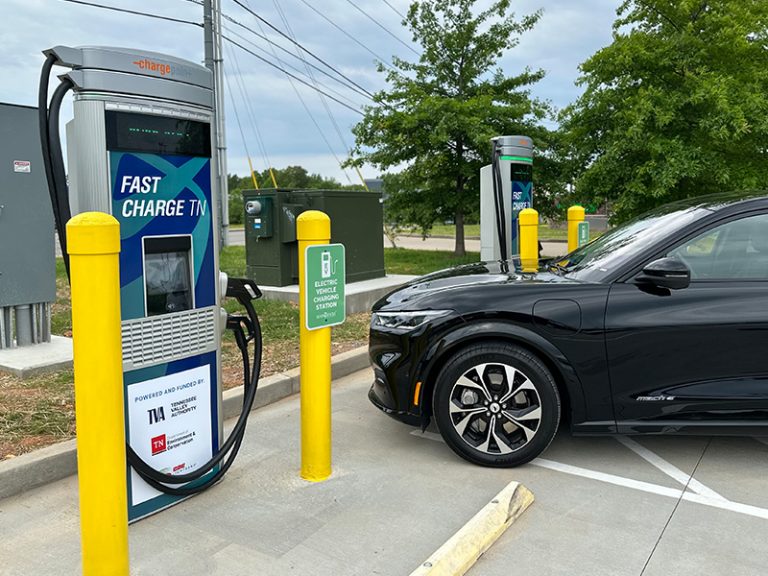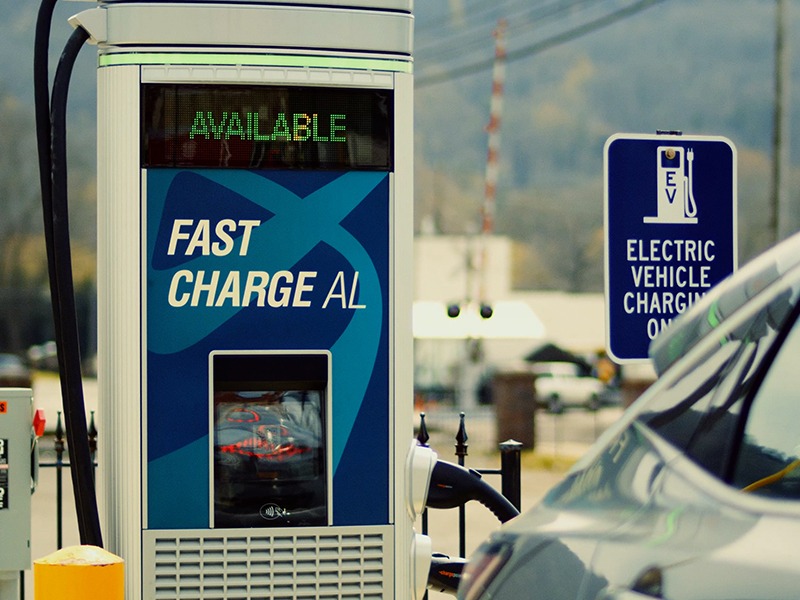We’re fueling electric transportation.
Invest in your community by going electric.
Electric vehicles (EVs) are fueled with locally produced
energy and they’re better for the environment.

The future of transportation is here. And it’s electric.
90 years ago, TVA electrified our seven-state service territory, making the Valley a better place to live. Today, TVA EnergyRight is electrifying transportation because driving an EV can improve air quality by lowering emissions. They can also help you save on fuel costs!

Helping people make smart choices about EVs.
EVs offer significant environmental and economic benefits to the region. In keeping with TVA’s mission to make life better for the people in our communities, TVA EnergyRight helps drivers make informed decisions about electric transportation.
Explore our site to learn all about EVs, compare vehicles and find a fast charger for your next road trip.
Accelerating EV adoption.
More people are touring towns on electric scooters, commuting in electric cars, off-roading on electric ATVs, and taking their kids to school on electric bikes than ever before. Visit our blog for answers to your questions and then watch our video series to see how fun and practical EVs can be. Find a Ride and Drive event to see what the EV buzz is all about!

Driving EVolution

Ride with us

Resources and EVents
Get amped. Make the switch to EVs.
There’s a lot of benefits on the daily life side.
Trevor Bayne
Host of In Charge: Life with an Electric Vehicle
This is amazing. I love it! It’s so beautiful!
Lexy Burke
In Charge: Life with an Electric Vehicle guest
I’m 100% cool without having that huge gas bill.
John Paul White
In Charge: Life with an Electric Vehicle guest
The Tennessee Valley has a huge abundance of hydropower and we can use the resources we produce here to power our own vehicles.
Wes Stovall
TVA Supervisor and In Charge: Life with an Electric Vehicle guest

Get charged up on the go.
Not at home? We have you covered. Charging up on the road is getting easier every day. We’re collaborating with local power companies, state agencies, and other organizations to expand the charging infrastructure by creating the Fast Charge Network and by installing off-grid solar fueling stations at select TVA visitor centers.
Building the Fast Charge Network
Conveniently located between Atlanta and Huntsville, Chattanooga and Birmingham, Fort Payne, AL, is officially on TVA’s Fast Charge Network map. By collaborating with state agencies, local power companies and other partners, we’re paving the way for EV adoption.
Explore more resources.

Compare vehicles

Charging

Explore EV models
*SOURCE: Environmental Protection Agency





